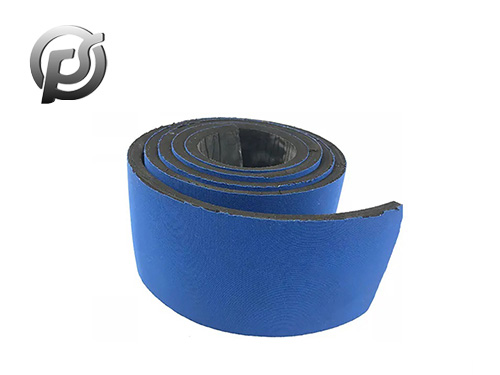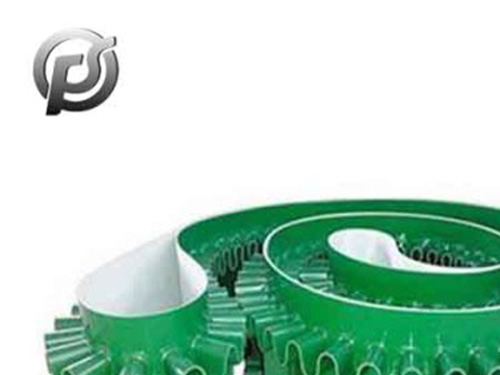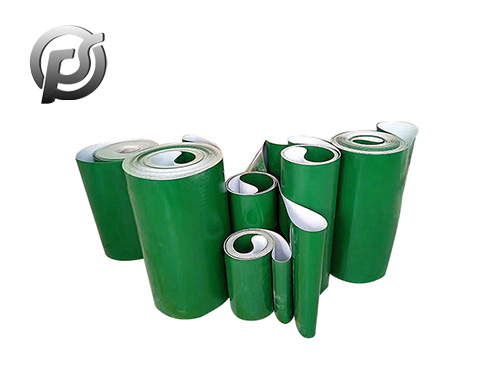The
belt conveyor is mainly composed of idler rollers at both ends and a closed conveyor belt tightly sleeved on it. The drum that drives the conveyor belt to rotate is called the driving drum (driving drum), The drive pulley is driven by a motor through a reducer, The drive pulley is driven by a motor through a reducer, and the conveyor belt is driven by the friction between the drive pulley and the conveyor belt. The driving drum is generally installed in the discharge end, in order to increase traction, conducive to drag. The material is fed by the feeding end, falls on the rotating conveyor belt, and is driven to the unloading end by the friction of the conveyor belt.
(1) The traction force of belt conveyor is transmitted by the friction between the driving drum and the belt, so the belt must be tightened with a tensioning device, so that the belt has a certain initial tension at the separation of the drum.
⑵ The belt and the cargo run on the roller together. The belt is both a traction mechanism and a load-carrying mechanism. There is no relative movement between the cargo and the belt, eliminating the friction resistance between the belt and the cargo in operation. As the roller is equipped with rolling bearings, there is rolling friction between the belt and the roller, so the running resistance is greatly reduced, which reduces the power consumption and increases the transportation distance. For a belt conveyor, its tractive transfer capacity depends on the belt tension, the belt on the driving drum and the friction coefficient between the belt and the driving drum. To ensure that the belt conveyor belt on the driving drum does not slip, normal operation, in the production practice to take corresponding measures according to different situations. The improvement of traction transfer ability can be started from the following aspects:
(1) Increase tension force (initial tension). Belt conveyor in operation, the belt to elongate, resulting in a decline in traction, so according to the situation, the use of tension device to properly tighten the belt, increase the belt tension, in order to improve traction.
⑵ Increase the friction coefficient. The specific measures are: protect the wood lining or rubber liner covered on the driving drum to increase the coefficient of friction, on the other hand, less coal water, to prevent the reduction of friction coefficient.
⑶ Increase the enclosing Angle. Because of the poor working conditions and the large tractive force required, the underground belt conveyor adopts double drum drive to increase the wrapping Angle.
 PE Conveyor Belts: Characteristics, Applications, and Advantages
PE Conveyor Belts: Characteristics, Applications, and Advantages
 Stone Conveyor Belt: Enhancing Efficiency and Productivity in Material Handling
Stone Conveyor Belt: Enhancing Efficiency and Productivity in Material Handling
 Optimizing Operations with PE Conveyor Belts: Durability, Efficiency, and Versatility
Optimizing Operations with PE Conveyor Belts: Durability, Efficiency, and Versatility